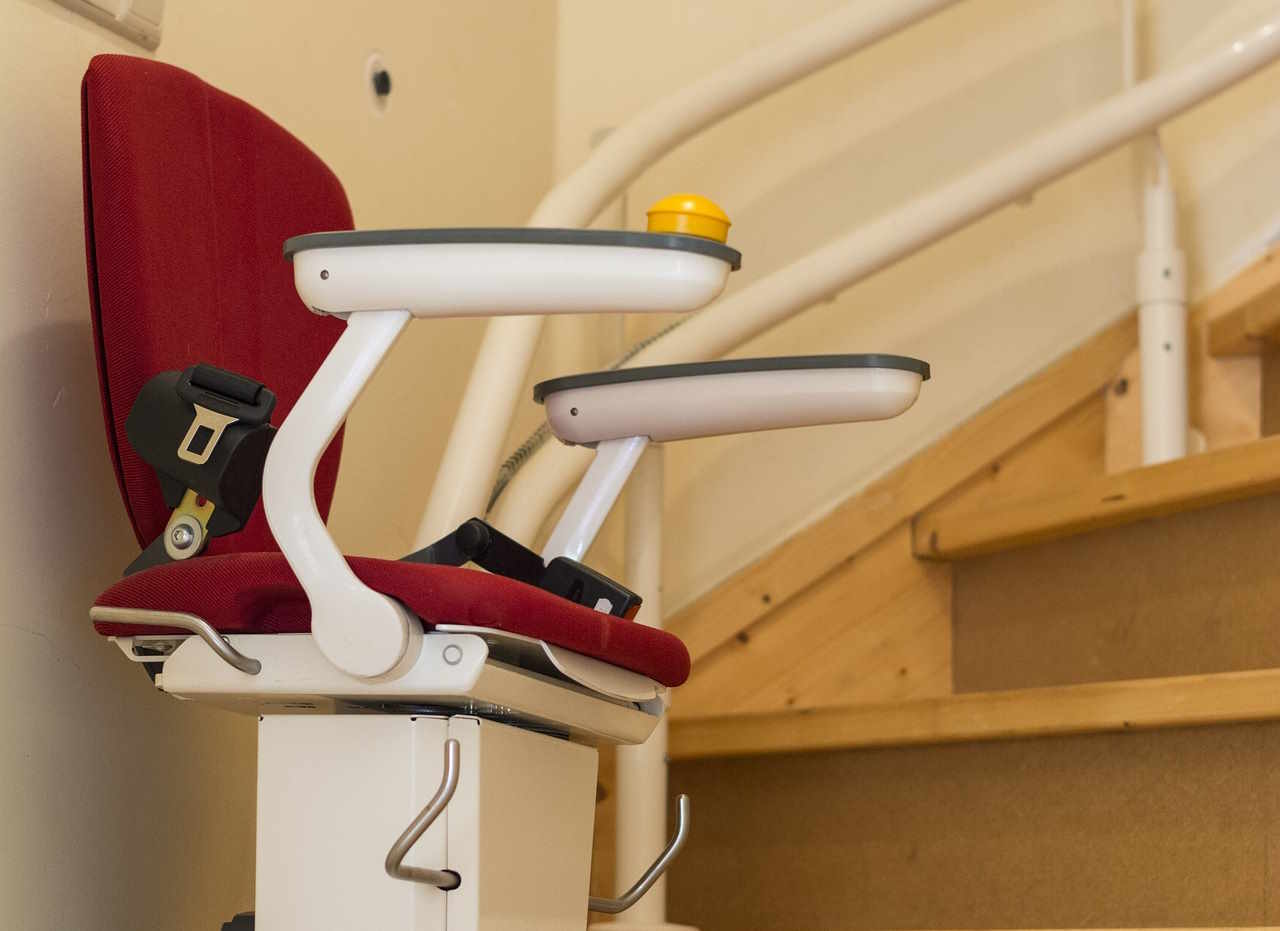Mobile Stair Lifts Without Installation: Safe, Simple, and Ready to Use
For many people with limited mobility, stairs can be a daily challenge. Whether due to age, injury, or a health condition, navigating up and down steps isn’t always safe — or even possible. That’s where mobile stair lifts without installation come in.

What Is a Mobile Stair Lift?
A mobile stair lift is a portable accessibility device designed to transport individuals up and down stairs without requiring permanent installation or structural modifications. Unlike traditional stair lifts that are permanently mounted to the staircase or wall, mobile versions are self-contained units that can be positioned and repositioned as needed. These devices typically feature their own power source, safety mechanisms, and user controls, making them completely independent of the home’s electrical system or structural framework.
Mobile stair lifts are particularly beneficial for individuals who need temporary assistance, live in rental properties, or require flexibility in their mobility solutions. They represent a significant advancement in accessibility technology, offering independence without the long-term commitment of permanent installations.
How Does a Mobile Stair Lift Work?
Mobile stair lifts operate using battery-powered motors and specialized track systems that can be temporarily secured to staircases. The device typically consists of a motorized chair or platform that travels along a portable rail system. Users can control the movement through simple push-button controls or remote devices, allowing for safe and controlled ascent or descent.
Most mobile units feature advanced safety systems including emergency stop buttons, weight sensors, and automatic braking mechanisms. The setup process involves positioning the track system against the staircase and ensuring proper alignment and stability before use. Many models include adjustable components to accommodate different stair configurations and angles, making them versatile for various home layouts.
What Are the Key Benefits of Mobile Stair Lifts?
The primary advantage of mobile stair lifts lies in their flexibility and convenience. Users can deploy these devices when needed and store them away when not in use, making them ideal for homes with limited space or aesthetic concerns. The absence of permanent installation means no structural modifications are required, preserving the home’s original architecture and potentially maintaining property value.
Mobile stair lifts also offer cost advantages, as they eliminate installation fees and potential home modifications. They provide immediate accessibility solutions without waiting for professional installation appointments or permit approvals. Additionally, these devices can be transferred between different locations, making them valuable for individuals who move frequently or need accessibility solutions in multiple properties.
Who Should Consider Using a Mobile Stair Lift?
Mobile stair lifts are particularly suitable for individuals with temporary mobility challenges, such as those recovering from surgery or injury. They’re also ideal for people living in rental properties where permanent modifications aren’t permitted or practical. Elderly individuals who experience occasional difficulty with stairs but don’t require constant assistance may find mobile options more appropriate than permanent installations.
Families caring for aging relatives or individuals with progressive mobility conditions may benefit from the flexibility mobile units provide. These devices are also valuable for homes where multiple family members have varying accessibility needs, allowing for shared use without individual permanent installations.
Mobile Stair Lift Comparison
When evaluating mobile stair lift options, several factors distinguish different models and manufacturers. Battery life varies significantly between units, with some offering several hours of continuous use while others may require more frequent charging. Weight capacity is another crucial consideration, as different models accommodate varying user weights and mobility equipment.
| Product Type | Provider | Key Features | Cost Estimation |
|---|---|---|---|
| Portable Track Lift | HME Mobility | Battery-powered, 300lb capacity, foldable design | £2,500 - £4,000 |
| Temporary Rail System | Access Solutions | Quick setup, remote control, safety sensors | £3,000 - £5,000 |
| Mobile Platform Lift | Independence Ltd | Wheelchair accessible, heavy-duty construction | £4,000 - £7,000 |
| Compact Portable Unit | Mobility Direct | Lightweight, easy storage, basic controls | £1,800 - £3,200 |
Prices, rates, or cost estimates mentioned in this article are based on the latest available information but may change over time. Independent research is advised before making financial decisions.
Setup complexity varies among different mobile stair lift models, with some requiring minimal assembly while others may need more extensive preparation. Safety features also differ, with premium models offering advanced sensors, emergency communication systems, and enhanced stability mechanisms. Consider the frequency of use, storage requirements, and specific mobility needs when comparing options.
Practical Considerations for Mobile Stair Lifts
Before selecting a mobile stair lift, assess your staircase configuration, including width, angle, and surface material. Some mobile units work better on carpeted stairs while others are designed for hard surfaces. Consider the device’s storage requirements when not in use, as some models are more compact and portable than others.
User training and familiarisation are essential for safe operation. Most manufacturers provide comprehensive instructions and safety guidelines, but consider requesting demonstrations or training sessions to ensure confident and secure use. Regular maintenance checks, even for mobile units, help ensure continued safe operation and extend device lifespan.
Mobile stair lifts represent a practical accessibility solution that balances independence with flexibility. While they may not suit every situation or user need, they provide valuable options for individuals seeking temporary or adaptable mobility assistance without permanent home modifications.




